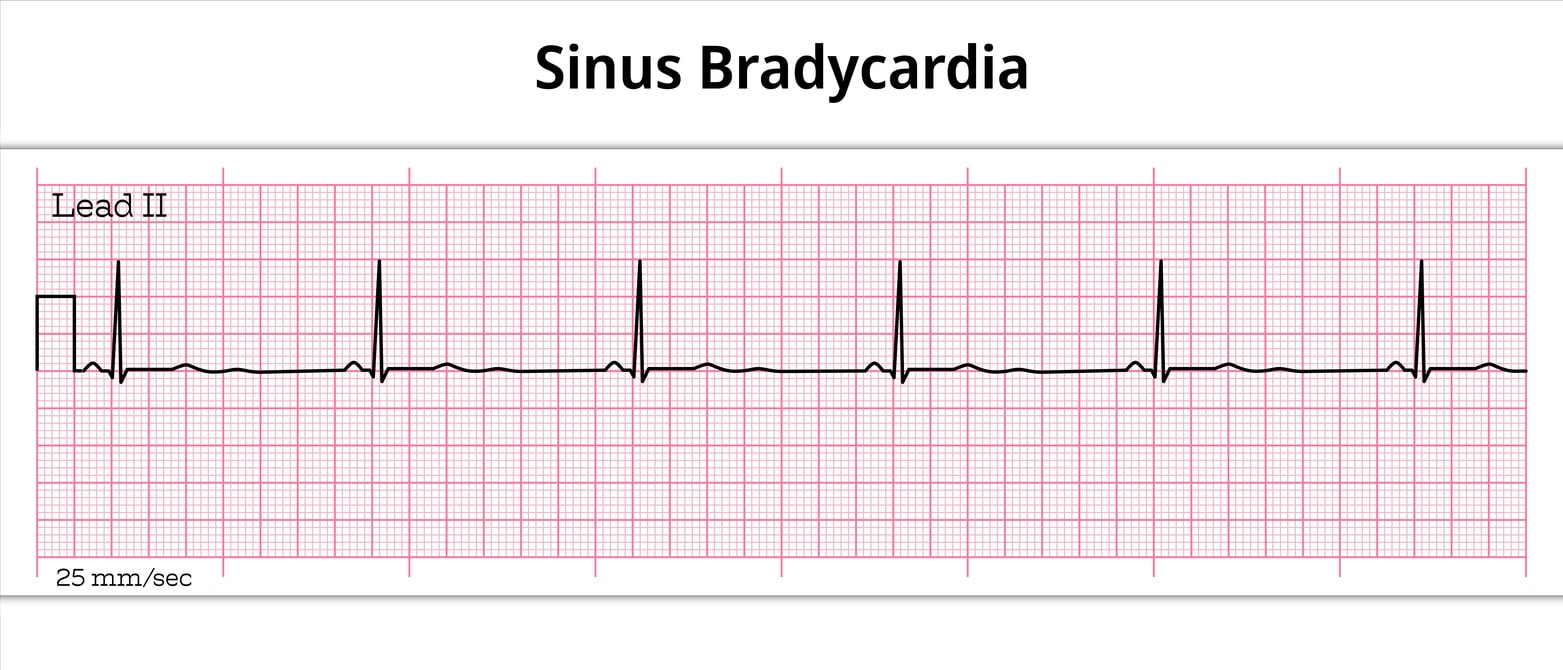

The BLS Adult CPR Algorithm is your roadmap for saving lives during cardiac emergencies. This systematic approach, developed by the American Heart Association, gives healthcare providers and trained responders the exact steps needed to perform high-quality cardiopulmonary resuscitation on adult patients.
When someone’s heart stops beating, every second counts. The BLS Adult CPR Algorithm removes guesswork from emergency situations. It provides a clear, step-by-step process that maximizes the chances of survival while maintaining consistent care quality across different responders.
This algorithm isn’t just for doctors and nurses. EMTs, dental professionals, fitness trainers, and other certified individuals rely on this proven framework daily. Understanding each component helps you respond confidently when faced with a cardiac emergency.
The BLS (Basic Life Support) Adult CPR Algorithm is a standardized sequence of actions established by organizations like the American Heart Association (AHA). It is designed for managing adult victims of sudden cardiac arrest. The algorithm guides a rescuer through a series of steps to maximize the effectiveness of CPR and increase the likelihood of a positive outcome. It prioritizes early recognition, immediate activation of the emergency response system, high-quality chest compressions, and rapid defibrillation.
Following this algorithm ensures that critical interventions are performed in the correct order without delay. It streamlines the process, removing guesswork and allowing rescuers to focus on delivering life-saving care.
When you encounter someone who may be in cardiac arrest, follow these steps methodically. The algorithm is designed to be simple and effective, even in high-stress situations.
Before approaching the victim, quickly scan the area to ensure it is safe for you and others. Look for hazards like traffic, fire, or electrical wires. Once the scene is confirmed to be safe, check if the person is responsive.
Time is critical. As soon as you determine the person is unresponsive, you need to get professional help on the way.
Simultaneously check for breathing and a pulse. This check should take no more than 10 seconds.
If you are a lay rescuer and are unsure if you feel a pulse, it’s best to assume there is no pulse and begin CPR. Starting compressions is vital.
As soon as an AED is available, use it immediately. An AED can analyze the heart’s rhythm and deliver an electrical shock (defibrillation) if needed, which can restore a normal heartbeat.
Continue the cycles of 30 compressions and 2 breaths, following the AED’s prompts every two minutes. If there are two rescuers, switch the role of compressor every two minutes (or five cycles) to prevent fatigue and maintain the quality of compressions.
Continue CPR until:
Reading about the BLS Adult CPR Algorithm is the first step, but true confidence comes from hands-on training. At Safety Training Seminars, we provide official American Heart Association (AHA) certification courses that turn knowledge into life-saving skills. Since 1989, our woman-owned business has been dedicated to offering high-quality, accessible training across more than 70 locations in California.
Our BLS certification program is designed for medical professionals and anyone who wants to be prepared. The process is simple: complete the online AHA module at your own pace, then come to one of our local offices for a brief, 30-minute skills test. You’ll receive your official AHA certification card the very same day. We guarantee the lowest prices in California and have thousands of 5-star reviews from satisfied clients. Book your appointment today and join the community of individuals empowered to save a life.